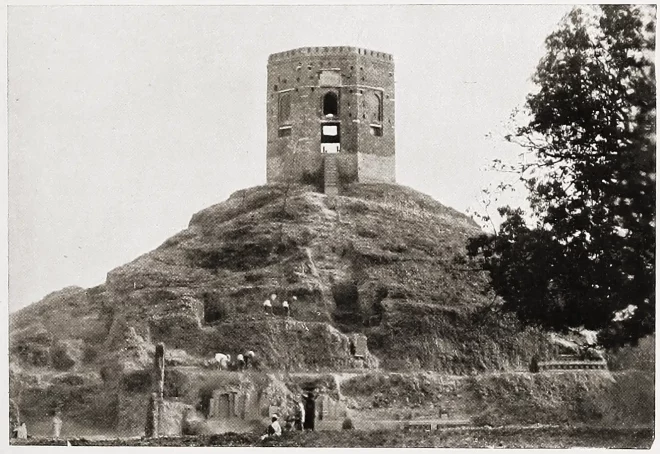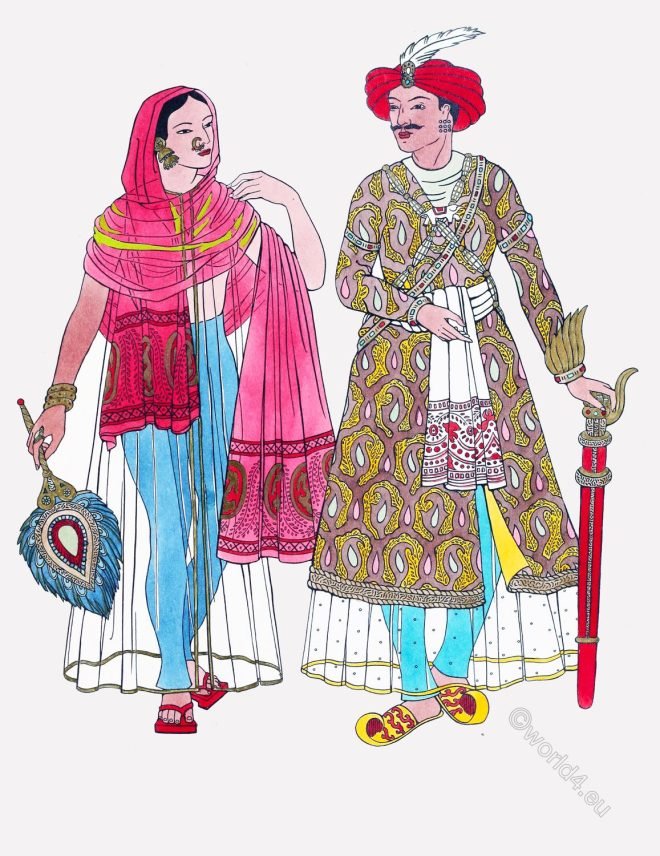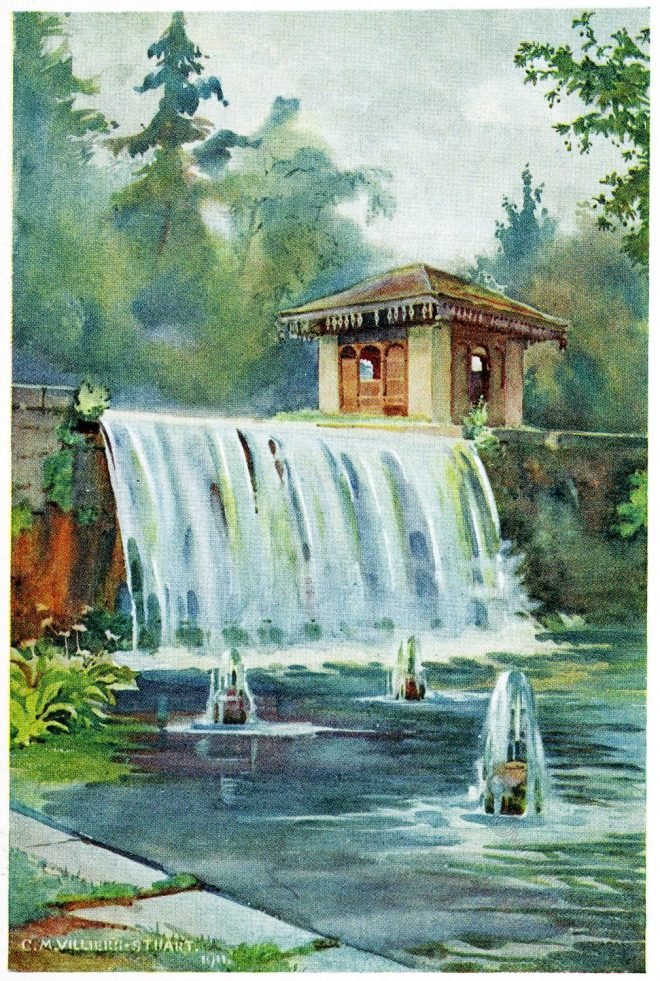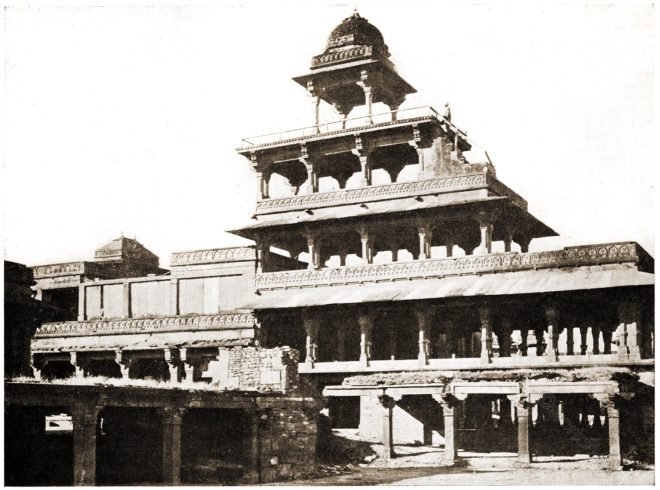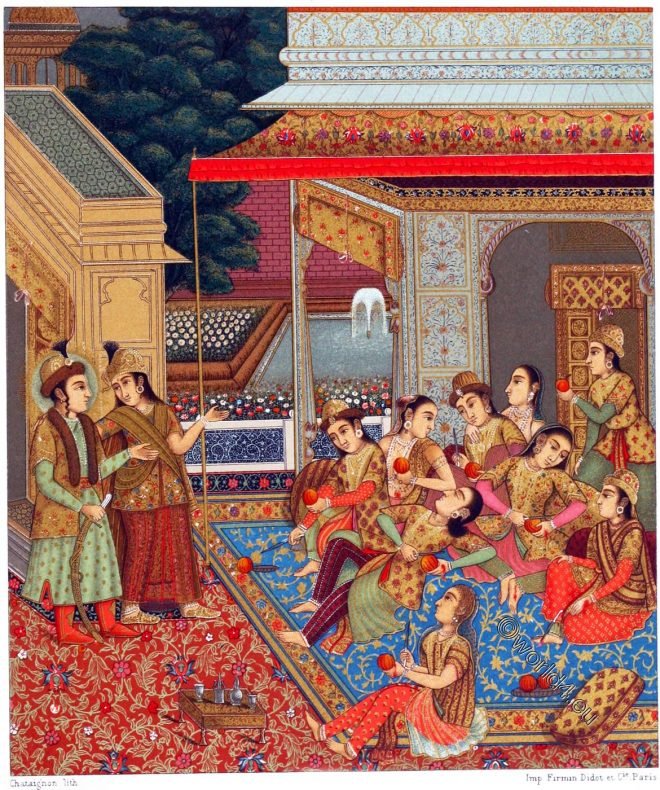The origin of the Corset. The Corset and the Crinoline.
Tag: Mughal Empire
The Mughal Empire was a state that existed in the Indian subcontinent from 1526 to 1858.
The Jains. Benares, the sacred city in India.
Jainism is the only one of the early Indian monastic orders which has handed down almost intact its tenets and organisation to the present day.
Gardens of the Dal Lake at Srinagar in Kashmir.
Mughal gardens in Srinagar, Kashmir. Gardens of the Great Mughals by Constance Mary Villiers Stuart. Nishat Bagh, Shalimar Bagh.
Noble dancing girl. Woman in typically Oriental ensemble.
In earlier India, there were nobles and dancing girls; whose dress on festive occasions was not too different from the one depicted here.
India. Summer Gardens of Kashmir. Gardens of the Great Mughals.
Summer Gardens of Kashmir. Mughal garden of Dara Shikoh at Bijbihara. Dara Shukoh’s Album. Verinag Bagh of Anantnag. Amarnath pilgrims. Achibal Bagh.
India Mughal aristocracy. The costume of ancient Mughal emperors.
The two figures shown here are of the Mogul aristocracy. Both men wear as their essential garment a peculiarly tailored coat called the “cabays”.
Fatehpur Sikri. The former capital of the Mughal Empire.
Fatehpur Sikri, the “City of Victory”, was the name given by the Great Mogul to the ensemble. The former capital of the Mughal Empire under Great Mughal Akbar I. (1542-1605) was built between 1569 and 1574.
Inner courtyard of an Indian harem of the Mughal period.
The story about Zuleikha and Joseph. Facsimile of an Indian-Persian miniature depicts Zuleika introducing Joseph to her friends who are busy peeling oranges.
Indian Grand Mogul Babur leading a campaign. Military Costumes of India.
Babur setting out with his army. Indian Grand Mogul, leading a campaign. War costumes of the 16th century.
Indian arts and crafts. Weapons, Jewelry and Equipment. Mughal Empire.
Indian arts and crafts. Mughal Empire. Elephant Ankus. Indian dagger called Khuttar. Mongolian helmet from the 16th century.


